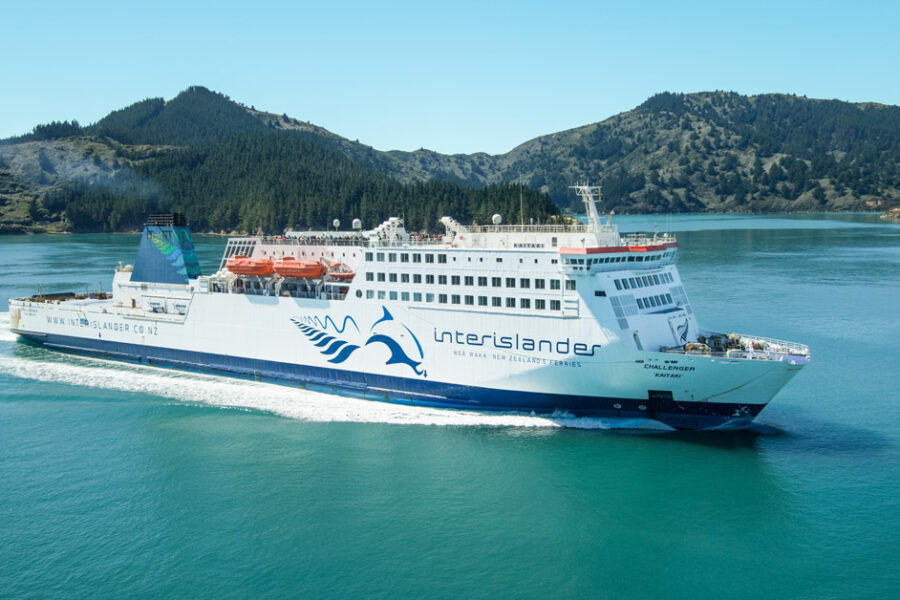In 2024, New Zealand recorded its lowest number of drowning fatalities since 2018 and its fifth-lowest since records began in 1980, with 72 fatalities. Water Safety New Zealand is optimistic that drowning in New Zealand can be significantly reduced through targeted interventions and innovative strategies.
“For the first time, we can clearly see the key areas where we can make a difference,” says Daniel Gerrard, Chief Executive of Water Safety New Zealand. “This year’s deeper analysis of the data highlights effective solutions and how we can dramatically reduce drowning numbers. We are committed to continuing our efforts to save lives and prevent these tragedies.”
Key Insights
1. Progress Among Younger New Zealanders
Sustained efforts to deliver water safety education have driven a steady decline in drowning rates among those under 25, who now account for only 12% of drowning fatalities, despite representing 31% of the population.
2. High-Risk Locations (Blackspots)
Ten high-risk drowning locations accounted for 18% of all fatalities in 2024
3. Lifejacket Legislation Can Save Lives
Up to 20 lives annually could be saved by mandating lifejacket use for watercraft under 6 meters. Alarmingly, 94% of craft-related drowning fatalities in 2024 involved individuals not wearing lifejackets.
4. Alcohol’s Role in Drowning
Alcohol remains a factor in 30–40% of drownings, particularly among males aged 15–24. Addressing alcohol consumption near water is critical.
5. Economic and Human Costs
In 2024, the ‘actual cost’ of a lost life is often immeasurable but water -related hospitalisations from non-fatal drowning and water related injury cost New Zealand more than $150M. The societal and financial cost should support the urgent need for prevention focused investment.
The tragic drowning of Ian and 15-year-old Samuel Cruickshank at Coromandel’s Opoutere Beach in 2023 underscores the critical importance of accessible information and resources at high-risk locations. Donna Cruickshank reflects on the devastating day when losing her husband and son to drowning changed her life:
“We had swum at Opoutere two days earlier and felt safe. But after the cyclone, the sea floor and current were dangerous, and we didn’t know. If we’d had access to clear, updated information about the risks, we wouldn’t have been near the water that day. Ian and Sam would still be with me.”
Donna believes that better signage, more accessible local knowledge, and targeted education could save countless lives:
“New Zealanders love escaping to remote locations, but we need to make it easier for people to understand the risks they face. It’s unrealistic to expect lifeguards at every beach, but we can do much more to empower people with the right tools and information.”
Donna supports WSNZ’s assertion that drowning is a solvable problem. She emphasises the need for community-driven solutions that tap into New Zealand’s collective spirit:
“Local communities know their beaches, rivers, and lakes. By equipping them with the resources to educate and inform, we can help prevent other families from experiencing the heartbreak mine has endured.”
Actions to Drive Further Progress
1. Scale Up Aquatic Education
Programmes like Water Skills for Life™ must reach all New Zealand children to build vital water survival skills.
2. Target High-Risk Locations
Community-driven interventions are needed at blackspots to provide resources, education, and increased awareness.
3. Mandate Lifejacket Use
National legislation is critical to normalise and enforce lifejacket use to reduce craft-related fatalities.
“New Zealanders are making smarter decisions around water, and the results are clear: drowning is preventable,” says Gerrard. “We’re seeing increasing personal responsibility, but more work is needed to ensure every New Zealander returns home safe from the water.”
Donna Cruickshank’s story is a poignant reminder of what is at stake. “The heartbreak of my family’s story is that Ian and Sam’s deaths were preventable. I have faith New Zealand can work together to make sure no one else has to endure this pain.”
The 2024 National Drowning Prevention Report highlights that drowning is a complex but solvable problem. With renewed focus and targeted strategies, New Zealand can save lives and prevent future tragedies.







